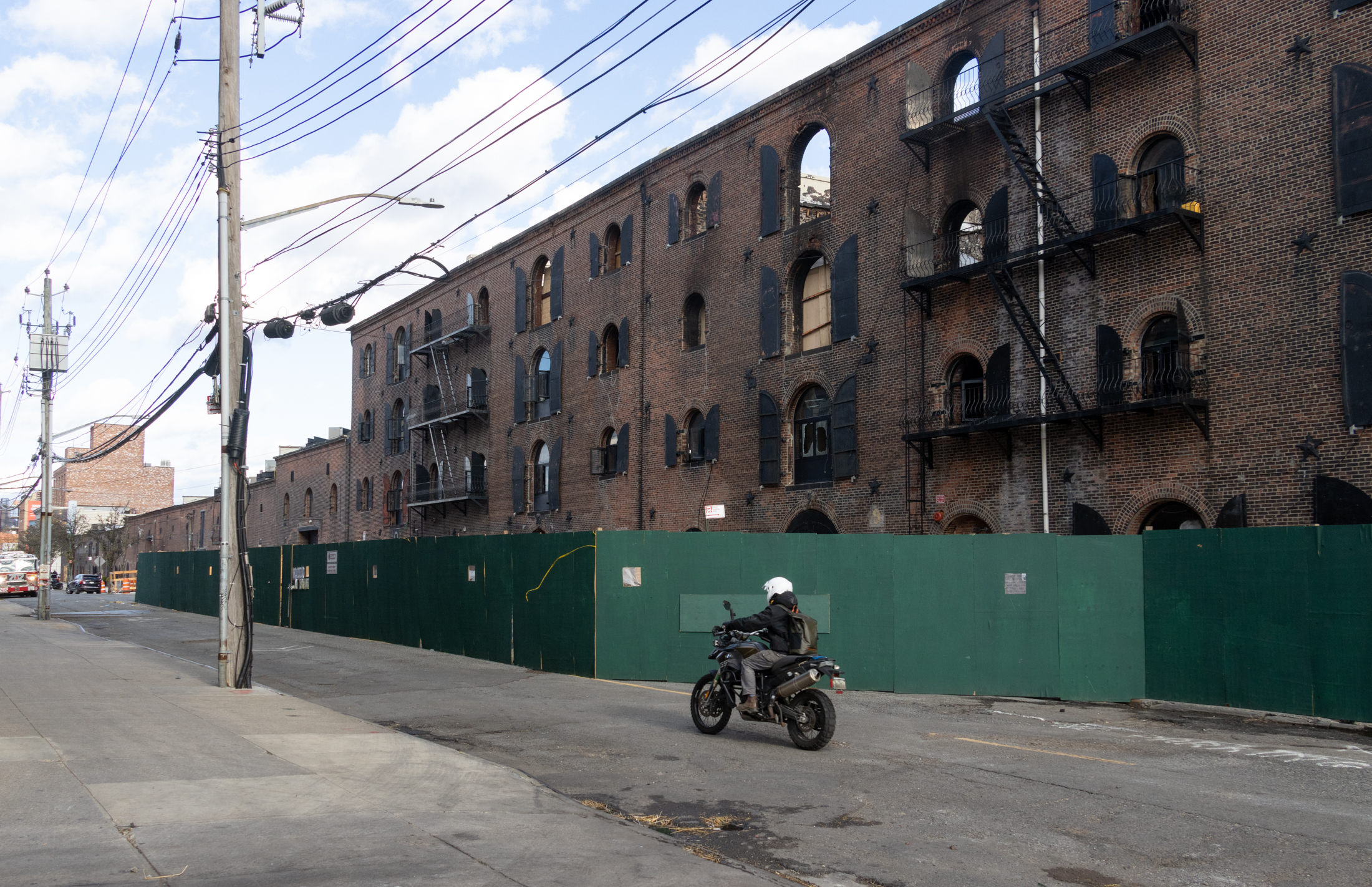Case-Shiller: Beware the Head Fake
There was some reason to take comfort about yesterday’s data from the Case-Shiller Index—the rate of price declines slowed for the third straight month nationally. But before you break out the champagne and check books, get a dose of what the Wall Street Journal had to say yesterday: The bloodletting may not be over. Here’s…


There was some reason to take comfort about yesterday’s data from the Case-Shiller Index—the rate of price declines slowed for the third straight month nationally. But before you break out the champagne and check books, get a dose of what the Wall Street Journal had to say yesterday:
The bloodletting may not be over. Here’s why: If price declines accelerate for the mid-to-upper end of the housing market, then that could generate enough large declines in values—even among a small segment of the overall housing market—to push the index lower still.
Meanwhile, here in New York (where there’s plenty of “mid-to-upper” properties) housing prices ticked down another 1.6 percent in April for a total of 21 percent off the June 2008 high, as the chart above shows.





dibs that is SHAMEFUL CHERRY-PICKING. There were 10 economic releases today, including job cuts, mortgage applications, manufacturing index, construction spending, pending home sales, and vehicle sales.
for all who don’t subscribe to bloomberg, they add the tag “another sign the worst of the recession may be over” every time data exceeds expectations. If expectations are for a calamity, and the result is just “really bad”, it still gets the tag. They also regularly add the tag “another sign the recession may be far from over” when data falls short of expectations. There is nothing to read into their “color”; they are just robotically trying to turn data into complete sentences.
dibs – understand completely.
lechacal, I’m long equities, short Treasureis and long my home because my cost to live in it is far less than the cost to rent a similar place. Many here will not realize how that is possible since I bought it in 2007.
In other markets, the cost to own is now significantly lower than renting.
Still not so in NYC.
I’m no psuedo-expert like you guys, but that would indicate that prices still have a way to go down.
Why buy if you can rent the same place for less, and not tie up/risk your money?
Equity markets and case-schiller index are of marginal and secondary relevance to the immediate future of NYC housing prices.
Factors of direct and immediate relevance inculde employment in NYC (not national), inventory in NYC (not national), wealth in NYC (somewhat correlated with equity markets but impossible to draw direct line from equities to housing) and affordability in NYC (irrelevant where the national market has been and how affordable it has gotten). Interest rates are just about the only common factor that can be expected to affect the national and NYC markets equally — and they are almost certainly going up.
I am long equities and short NYC real estate.
The key to that story is actually the point made about inventories in the second to last paragraph. Even the auto companies have said that inventories are low and whe the Csh For Clunkers starts in late July, you’ll seee some real spending on consumer durables.
More “facts” from today…..
Manufacturing in U.S. Shrank at Slower Pace in June
July 1 (Bloomberg) — Manufacturing in the U.S. shrank in June at the slowest pace in 10 months, another sign the worst of the recession may be over.
The Institute for Supply Management’s factory index rose to 44.8, the highest level since August, from 42.8 in May, according to the Tempe, Arizona-based group. Readings below 50 signal contraction.
Stabilization in consumer spending, the biggest part of the economy, may prompt factories to boost production in coming months. After trimming stockpiles at the fastest pace on record in the first quarter, companies continued to cut back in the last three months, meaning any pickup in demand will spark a recovery in manufacturing.
The index “is consistent with a third-quarter recovery in manufacturing,†said Dean Maki, chief U.S. economist at
Barclays Capital Inc. in New York. “Inventories are starting to approach levels where production will have to pick up.â€
Economists forecast the gauge would rise to 44.9, according to the median of 73 forecasts in a Bloomberg News survey. Estimates ranged from 40 to 47.5.
Dibs, if the stock market is such a good leading indicator, why did the RE market, represented by Case Shiller, peak first? CS peaked summer of 06. Stock market peaked 3Q of 07.
Yeah dibs, of course I rent. Once you own, what’s the point of caring about prices, other than to torture yourself? Anything you want buy is cheaper by the same amount as what you want to sell. So square foot for square foot, you’re even. The only time it’s important to get the timing right is the first time. note to owners: relax — enjoy paying back your mortgage after dave’s inflation makes the payment meaningless.